The Lunar Odyssey: Moon Landings From the 1960s to Today’s Attempts [Hackaday]
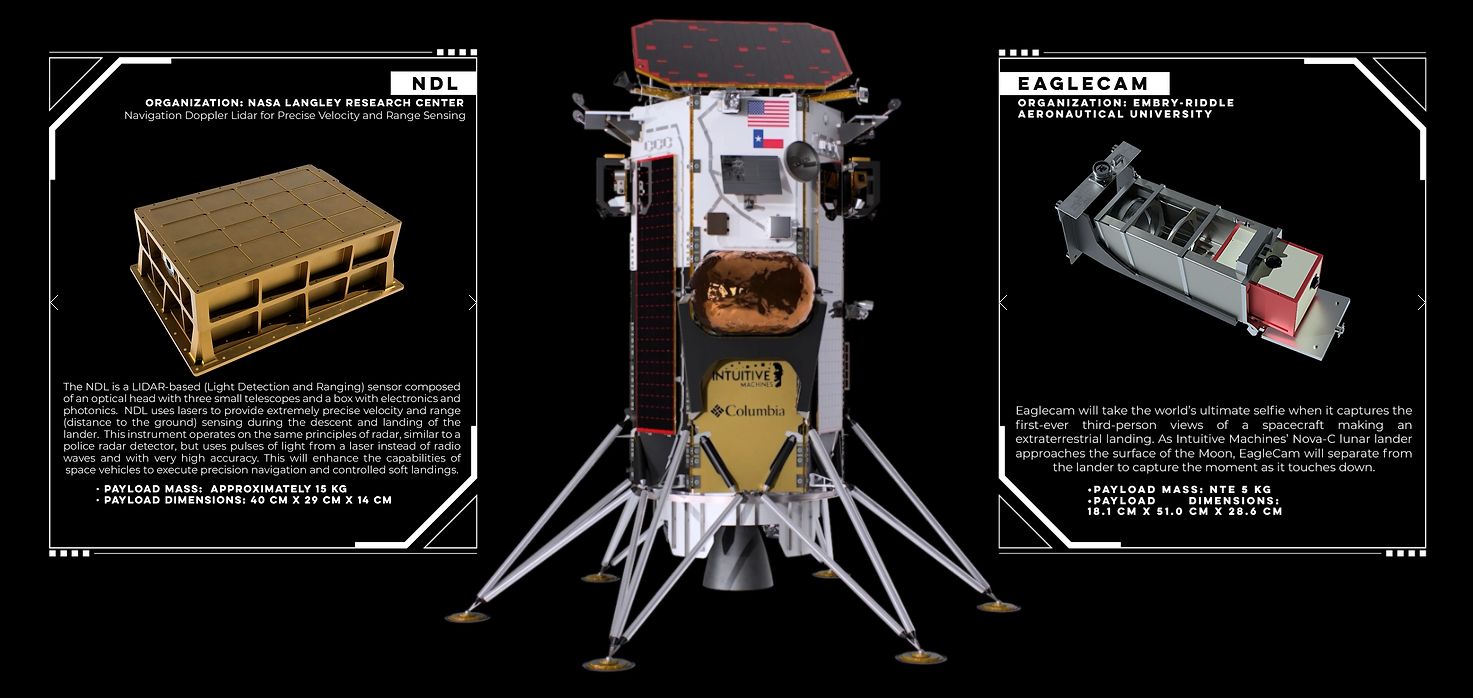
With the recent string of lunar landing attempts, it’s interesting to consider how much things have changed – or stayed the same – since the first soft landing attempts in the 1960s with the US Ranger and USSR Luna landers. During the 1950s the possibility of landing a spacecraft on the Moon’s surface was investigated and attempted by both the US and USSR. This resulted in a number of lunar lander missions in the 1960s, with the US’s Ranger 3 and 5 missing the Moon, Ranger 4 nearly missing it but instead crashing into the far side of the Moon, and eventually the USSR’s Luna 9 making the first touchdown on the lunar surface in 1966 after a string of USSR mission failures.
What’s perhaps most interesting was how these first US and USSR spacecraft managed to touch down, with Luna 9 opting to inflate a landing airbag and bounce until it came to a halt. This approach had doomed Luna 8, as its airbag got punctured during inflating, causing a hard crash. Meanwhile the US’s Surveyor 1 was the first US spacecraft to land on the Moon, opting to use a solid-fuel retrorocket to slow the craft down and three liquid-fueled vernier thrusters to prepare it for a drop down from 3.4 meters onto the lunar surface.
Now, nearly 60 years later, the landers we sent regularly make it to the lunar surface, but more often than not end up crashing or toppling over into awkward positions. How much have lunar landings really changed?
Sad Tumbles
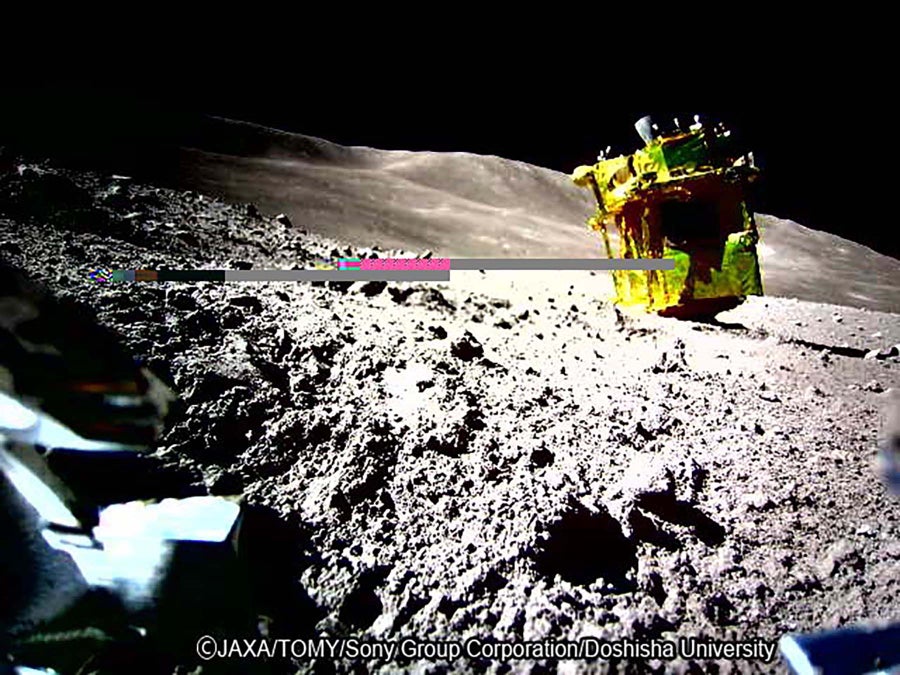
When Intuitive Machine’s Nova-C lander Odysseus made its way to the Moon this year on February 15, as part of the IM-1 (NASA’s CLPS-2) mission, tensions were high. The month before, Japan’s SLIM (Smart Lander for Investigating Moon) lunar lander had made a more or less soft touch-down on the lunar regolith, except for it tripping and falling over. The ironic part here was perhaps that SLIM had been carefully designed to enable the most precise landing on the Moon’s surface, combining a database of the landing site with detailed imaging to automatically land it within 100 meters of its intended landing site.
This included identifying potential hazards while hovering above the surface at about 50 meters. Unfortunately, this was the moment when one of the two main engine nozzles detached, causing the navigation computer to struggle to stay on course using the single main engine and the smaller thrusters. Ultimately the spacecraft ended up faceplanting into lunar regolith, causing its solar panels to end up facing largely away from the Sun and possibly causing additional damage. Despite this crippled state, SLIM still managed to more or less complete its mission – even surviving the lunar night – while highlighting how close the mission came to total failure.
The NASA Commercial Lunar Payload Services (CLPS) mission which proceeded IM-1 suffered an even more dramatic fate, when this CLPS-1 mission (Astrobotic’s Peregrine) suffered a catastrophic loss of propellant shortly after being inserted into a lunar injection orbit (LIO) by the launch vehicle. This led to the mission being aborted and after abandoning the LIO, the lander instead burned up in the Earth’s atmosphere after a six day sight-seeing tour around the planet. The cause of this failure was traced back to a valve which failed to fully close, causing an overpressure event that blew out part of the fuel system.
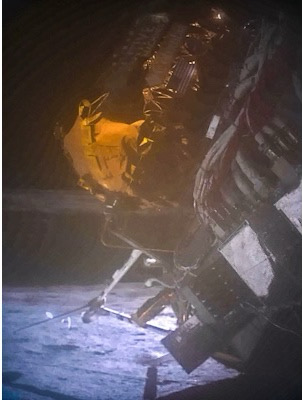
With these incidents in mind, IM-1’s Nova-C spacecraft geared up for landing on February 21st of 2024. During the commissioning burn on its course to the Moon only an issue with the star tracker had been reported, which gave some hope for a good outcome if no further issues cropped up. Once in lunar orbit, however, it was discovered that the laser rangefinder that was supposed to have guided the spacecraft to the surface could not be used, as before launch a safety switch had not been flipped, leaving the spacecraft effectively blind. An onboard payload called the Navigation Doppler Lidar (NDL) was used to compensate for this loss, but without the full integration into the board computer and the lower NDL refresh rate compared to the original laser rangefinder instrument, it meant a gamble.
Shockingly, it seemed that the lander had initially touched down successfully and was communicating with Earth. That’s when the ground team realized that something was off, as the communication was faint. Ultimately it was found that the use of the NDL instead of the laser rangefinder had apparently resulted in a too fast descent rate, with one or more of the landing legs getting snapped off as the spacecraft skidded across the surface before tipping over onto an externally mounted oxygen tank at a roughly thirty degree angle.
At this angle, the communication with Earth is severely compromised, and few of its solar panels received enough light to charge the battery, but this was sufficient for science operations. By tweaking the communication equipment, the data rate could be increased as well, but much like SLIM the spacecraft had come very close to complete mission failure. By February 29 the spacecraft shut down for the lunar night after a week on the surface, with a possible revival if it survives the freezing temperatures.
Lander Evolution
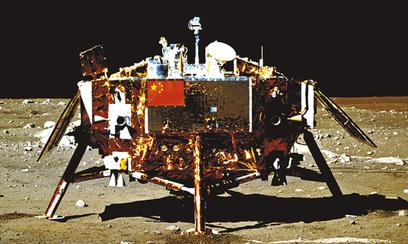
Although the basic concept of landing a spacecraft on the Moon has not changed since the 1960s, improvements have been made in terms of landing precision and automation. Yet the list of moon missions paints a harrowing picture of the success rate in the 21st century. While orbiters rarely fail any more, landers remain tricky unless you happen to be China, with this nation having launched three lunar landers (Chang’e 3, 4 and 5), all of which succeeded, including the Chang’e 5 sample return mission. This sample return mission was the first (successful) one since Luna 24 in 1976.
The popular descent method for lunar landings is akin to that pioneered by US Ranger spacecraft, with active control down to the surface, albeit without the last harrowing drop of the Ranger spacecraft. This involves one or more engines that allow the spacecraft to reduce its velocity relative to the lunar surface, while thrusters provide attitude control. Especially in the low gravity environment of the Moon, this approach should allow for relatively easy and precise landings.
Even so, this landing method failed for Israel’s Beresheet lander, which crashed due to a gyroscope issue causing the main engine to be turned off prematurely, leading to the spacecraft lithobraking into the Moon at 500 km/h. India’s Chandrayaan-2 mission was a partial success, with the Vikram lander lithobraking into the Moon at about 210 km/h, attributed to a range of software and other issues.
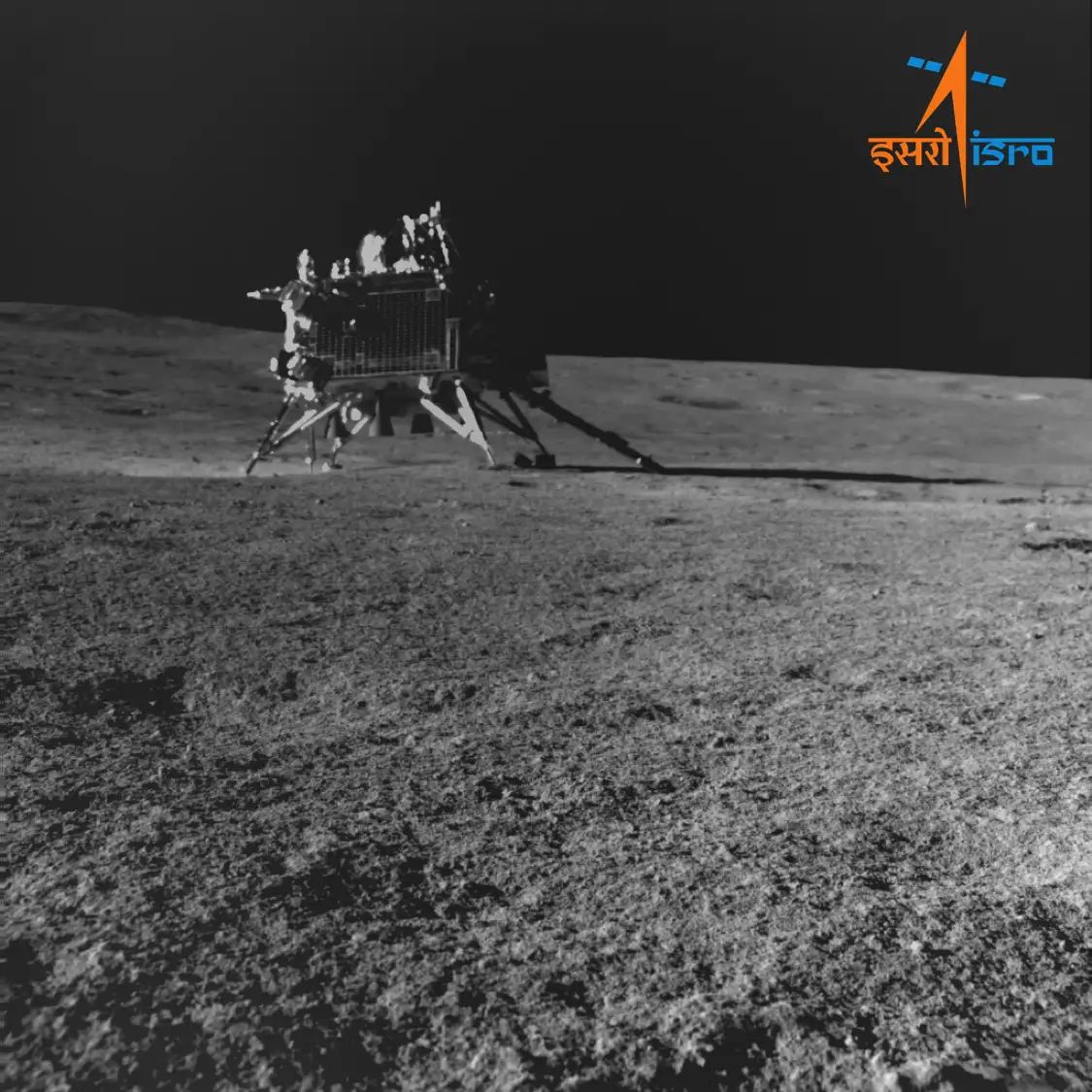
JAXA’s OMOTENASHI mini-lander attempted a hybrid landing in 2022 with both a solid-fuel retrorocket and an airbag, but this lander never got close to a landing attempt, due to what appears to be a failure with its solar panel. Later that year, a private Japanese company called ispace attempted a landing with their Hakuto-R spacecraft. This lander was lost during the landing attempt on April 25th, 2023, when it seems the onboard computer dismissed the radar altimeter data as faulty, and kept hovering at an altitude of 5 km until its propellant was exhausted.
Following these failures, India managed to nail the landing of the second iteration of Vikram with the Chandrayaan-3 mission, making it also the first spacecraft to land near the lunar South Pole, in what is likely to be the first of many missions to target this part of the Moon. In between this mission and the SLIM, Peregrine and IM-1 missions, Russia also attempted a last hurrah by reviving the Soviet-era Luna program with the Luna 25. This lander did however end up lithobraking into the Moon due to an issue with its maneuvering engines while trying to establish a lunar orbit, causing it to intersect with the Moon instead.
Future Outlook
Although the period between the late 1970s and the beginning of the 2000s can be considered a lost period in terms of Moon missions, it would seem that things are ramping up once more. Interestingly, we have seen mostly newcomers (India, Japan, China) making a mark, while established parties with 20th-century lunar exploration experience have been largely absent (US), or the rumors of their revival (USSR’s Luna program) have been grossly overstated. What hasn’t changed, however, is that landing a spacecraft on the Moon still isn’t easy.
Whereas China in particular has demonstrated that good engineering and testing can give you a solid shot at successful missions, others have found their missions beset by technical problems that should have been either caught during testing, or have been part of a pre-launch checklist. Although the SLIM and IM-1 missions in particular managed to get their mission completed, this was ultimately more due to luck, with other landers less lucky.
As we can expect to see more lunar lander missions in the near future, it’ll be interesting to see how quickly these harsh lessons are learned, with perhaps landing a spacecraft on the Moon becoming routine rather than a harrowing experience amidst the scattered remnants of previously failed landings.

![the-lunar-odyssey:-moon-landings-from-the-1960s-to-today’s-attempts-[hackaday]](https://i0.wp.com/upmytech.com/wp-content/uploads/2024/03/174493-the-lunar-odyssey-moon-landings-from-the-1960s-to-todays-attempts-hackaday.jpg?resize=800%2C445&ssl=1)